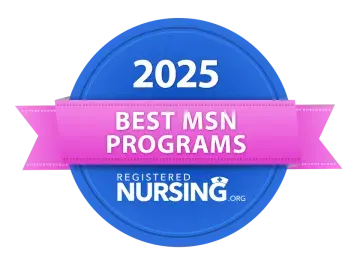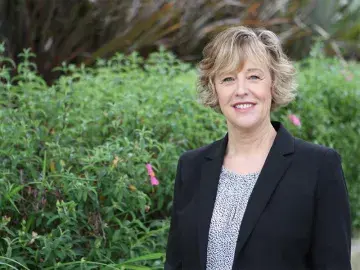New SMU Program Aims to Cultivate Nursing Educators
A generation of nurses is nearing retirement, but a critical shortage of educators nationwide is making it difficult to prepare a sufficient nursing workforce to replace them.
“We have a lot of people wanting to go into nursing, but not enough faculty,” said Professor Mary McCall, the coordinator of faculty development for the Samuel Merritt University (SMU) School of Nursing.
To help address the problem at SMU, McCall initiated a fellows’ program last fall that exposes students to what it takes to be a nursing educator. The goal is to persuade students to consider a teaching career or incorporating part-time teaching into their clinical careers after they graduate.
“For me, this is a long-term investment in Samuel Merritt as well as the larger community,” McCall said.
McCall’s Nursing Faculty of Tomorrow (NFT) program is designed to help students explore the role of educators and to develop their teaching skills. Participants interview their professors about their career trajectories, develop lesson plans, and are evaluated by their faculty and peers about their teaching presentations.
“It has been an extremely supportive environment to learn about teaching and the hard work professors do both in and out of the classroom,” said Benjamin Zumwalt, a student in SMU’s Entry Level Master of Science in Nursing (ELMNS) program. “I've been able to write my own lectures and provide academic support to students in both theory and lecture classes, and I have received extremely helpful feedback.”
Zumwalt had previously participated in a peer tutoring program, but said working with larger groups of students requires a different skill set so he joined the teaching fellows program to deepen his knowledge of the nursing sciences. Now, he said, he is inspired to pursue a doctoral degree so he can teach in a nursing program while also conducting clinical research.
While SMU is one of the largest sources of new registered nurses in California, it takes a lot of academic support to make that happen. To educate a nurse, according to McCall, schools need both full-time faculty to teach courses as well as clinical faculty to supervise small groups of students in hospital rotations and part-time instructors for skills labs.
The unmet demand for nursing faculty is a nationwide problem. Faculty shortages at nursing schools across the country are limiting student capacity at a time when the need for professional registered nurses continues to grow, according to the American Association of Colleges of Nursing (AACN). An AACN report found that U.S. nursing schools turned away 64,067 qualified applicants from baccalaureate and graduate nursing programs in 2016 largely due to an insufficient number of faculty.
McCall came up with her own solution to the critical shortage of nursing faculty after she was asked to make SMU’s teaching assistant program more robust. Her response was to create a program that delves more deeply into the experience of an educator.
“The goal is to get alumni to become nursing leaders,” said McCall. “Nursing education happens every day for our students through their interaction with peers, patients and families, but how can they contribute back to the field?”
To become an NFT fellow, SMU students must receive two faculty recommendations and preferably had experience as a teaching assistant for at least one course. Positions are generally awarded for two semesters with the expectation that NFT fellows commit up to 10 hours per course per week.
Recognizing that many nursing students have to work to afford their educations, NFT participants receive $25 per hour to ensure successful completion of the program.
Swe Tun, a student in ELMNS and an NFT fellow, said she learned about the skills and responsibilities of being a nursing faculty member from the professors she worked with as well as how to design her lesson plans to accommodate different learning styles.
“This program is a great opportunity for those who are interested in becoming an educator in the future,” said Tun.


